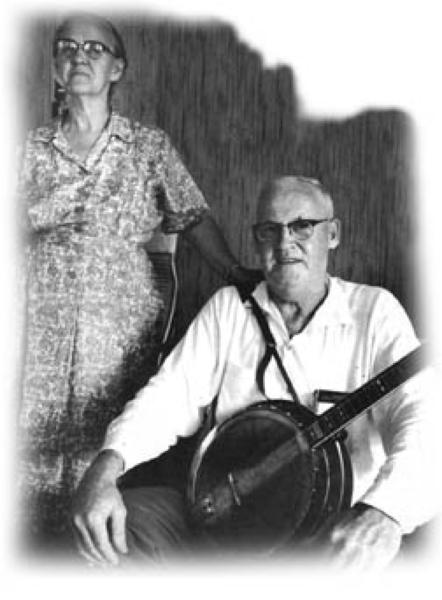As you might guess, there are numerous differences between old-time and bluegrass music, although they share a lot of similarities too. In old-time music, the banjo, fiddle, and mandolin generally play the melody all at the same time. During an old-time tune, the guitar generally refrains from playing the melody and concentrates on providing the rhythm and an occasional bass run. In bluegrass music, on the other hand, only one instrument plays the melody at a time. Everyone else plays backup. So let’s explore what playing backup means in bluegrass music.
First off, it’s good to remember



 Dock was a coal miner in southwestern Virginia and
Dock was a coal miner in southwestern Virginia and  “Country Roads” was actually written by Bill Danoff, Taffy Nivert and John Denver, who was the first to record it in 1971. It
“Country Roads” was actually written by Bill Danoff, Taffy Nivert and John Denver, who was the first to record it in 1971. It 
